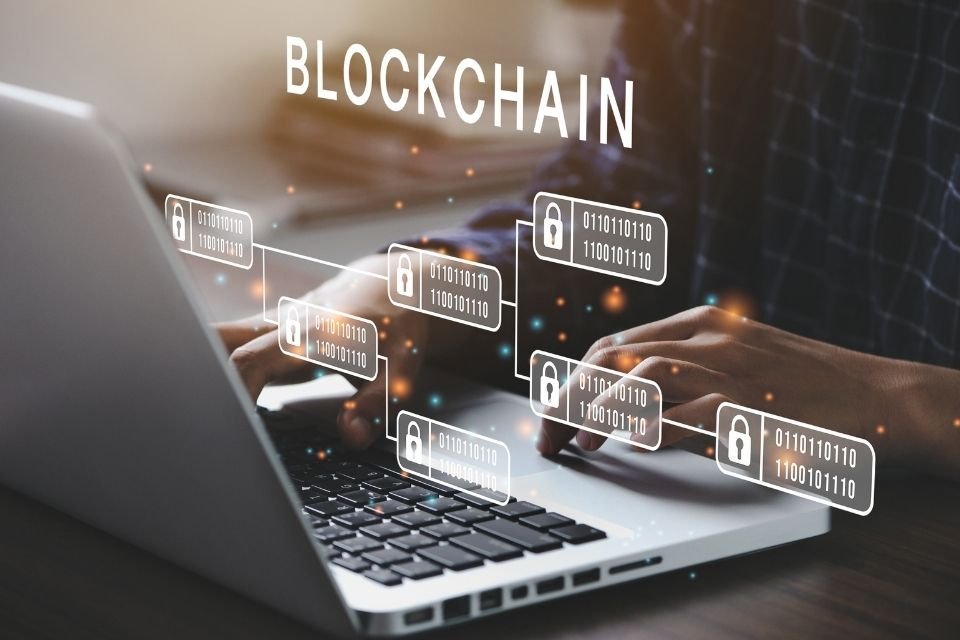Who doesn’t have a smartphone today? According to data from Fundação Getulio Vargas (FGV) for 2021, there are about 242 million smartphones in Brazil, meaning there are more devices than Brazilians – about 214 million according to the Brazilian Institute of Geography and Statistics (IBGE). And if we include all notebooks and tablets, the account exceeds 352 million devices. This is too much.
it’s been a long time since Traditional banks are increasingly making digital services available to customers, allowing them to do anything through these devices; so going to the branch is a thing of the past, so the younger generation may not have even set foot in a bank.
Joyful digital bank so don’t even talk. Most of them do not even have a physical branch, recruitment and operations are done only on the internet or digital platforms. See: a fintech is not a bank.
The requirements and formalities to open a bank are huge.
Authorization is required from: Central Bank of Brazil (Bacen)and the minimum capital required to be invested in Bacen is R$17.5 million, so not everyone can be a banker. So-called fintechs can be direct loan companies and interpersonal loan companies regulated by Bacen Resolution 4,656/2018 and have a minimum capital of R$1 million.
There are many differences, but the main one is, fintechs may not offer customers investments in stocks and other securities. Only banks can do this, so fintechs work as a payment account where the customer deposits the money and the institution cannot lend it, so it pays no interest or updates.
Despite, fraud responsibilities are practically the sameie, when we make a purchase outside of our profile, all systems must be set up to stop or identify transactions that could be considered outside of the customer’s spending pattern, and the credit card operator calls to find out if it’s really us. outside.
Cell phone theft and theft exploded last year, and what criminals want is device unlocking. From there, they exploit system vulnerabilities and in a matter of minutes they can “dig” the victim’s account even without their access password.
How is this possible?
Answers vary. It can be: there is help from the employees of the institutions; users leave their passwords already saved, or the criminal performs a check inside the device to find the access passwords written down; or simply the system is flawed and makes it possible to very simply change the passwords to access the account.
But the truth is that the responsibility lies largely with the financial institution. because Consumer Protection Code he accepted Strict Responsibility Theoryincluded Business Risk TheoryVI of Articles 6 and 14. and VII. Establishing the compensation for pecuniary and non-pecuniary damages specified in the subparagraphs as a fundamental consumer right can be used in such cases.
According to this theory, the institution has already assumed the risk of eventual problems by providing such a service to consumers, and if they do, it is their responsibility to prove that the incident did not occur and even if it did. did not contribute to the fraud. However, if you are unable to do so, you will be responsible for compensating the customer for damages. Otherwise, the damage must be compensated.
It is very difficult to prove that the sole responsibility of the customer is due to the impossibility of accessing the telephone set or the equipment used, knowing what he is doing and how to store passwords, as well as knowing whether the device has lock passwords. and which one this time.
- See also: Pix scam: what is the responsibility of the “account borrower”?
This fact has long ago created a generation of consumers who have no interest in security, believe everything and click everything because if they get hurt by any event, even if it’s all their fault, they have a chance to get it back. the damage is too great.
I am “clothing” for financial institutions! I’m not interested in this because there are thousands of cases where the security system has proven to fail so ridiculously that in one case I know of, a Fintech returned 80,000 BRL and in another case, a traditional bank returned 55 thousand BRL. I could name many more, but I’m sure you know them too.
I think institutions cannot always be held responsible because there is a generation that does not care about security. Consumer Protection Code ostensibly protects consumers, and if something goes wrong, suffice it to say it’s the other’s fault and that’s it: guaranteed compensation.
It is necessary to analyze whether the consumer’s devices have security tools, whether the lock is active and what time it is, whether passwords are saved in their financial applications, whether passwords and usernames are stored on some devices. notebook on devices, in short, first of all, it is necessary to know whether the customer has contributed to the fraud and at what level.
After answering these questions, we can talk about holding financial institutions accountable.
Source: Tec Mundo










